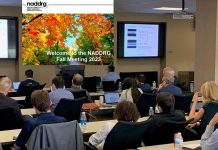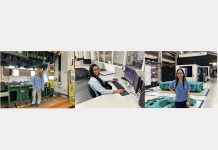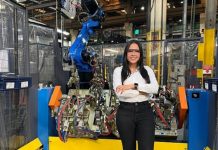Automatic Tool Cost Calculations vs. Excel Spreadsheets
Competition in the auto parts market is growing every day, forcing companies to work within strict budgets to remain active and profitable. On one hand, values above the market average will result in non-selection of the project, and on the other hand, values below this average will affect the company’s profit margin. Thus, defining optimum cost targets is the great challenge faced by today’s OEMs. They must outline a suitable budget for each project before opening the project packages to the market, ensuring these values are consistent and feasible considering the complexity of each item.
For tool shops, defining the tool cost is an arduous task, as the quoting engineer needs to predict all of the process details according to the product’s complexity — keeping in mind this task only becomes profitable following budget selection. It must therefore be carried out quickly to keep the company spend to a minimum. At the same time, it has to be precise; once the proposed budget is selected, one of the factors defining whether the tooling shop will be profitable is the consistency between the budgeted value and the actual amount spent on tool building.
Throughout history, several methods have been developed for tool cost estimation, which delivered excellent results at a time when companies enjoyed loose targets and minimal competition. However, times have changed, meaning companies now require novel budgeting methods that deliver faster, more accurate results to remain competitive and profitable. One benefit of technological development is the assurance of increased efficiency and precision in a variety of activities — to that end, digital solutions in the form of CAE systems assist today’s specialists in the budgeting stage. AutoForm offers one exemplary software tool, which uses the product’s 3D geometry to calculate its feasibility and estimate the cost of the blank, the tool, and the final part. The software therefore provides agility and safety to the budget preparation process. (Figures: 1A – Part Geometry; 1B – Cost Estimation)
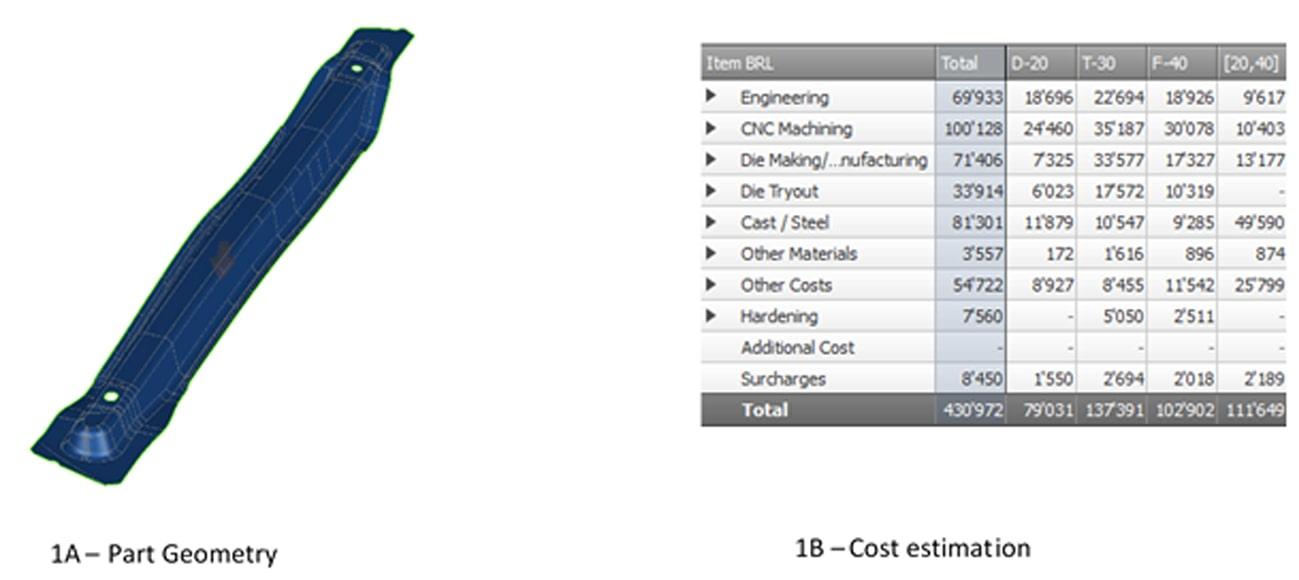
With a focus on response time and precision, the software performs fast simulation of the draw or even the bending operation’s formability within minutes — considering the material properties and thickness, and delivering the resulting stress state, stretching and estimated blank size. These results provide the specialist with the optimal basis for evaluating the product’s complexity and consequently defining the process and / or proposing product changes, making these factors highly influential of the tool cost. The product modifications are performed directly in AutoForm, without the need for prior CAD knowledge. (Figures: 2A – Fast Simulation results; 2B – Product modification; 2C – Fast Simulation Result after modification)
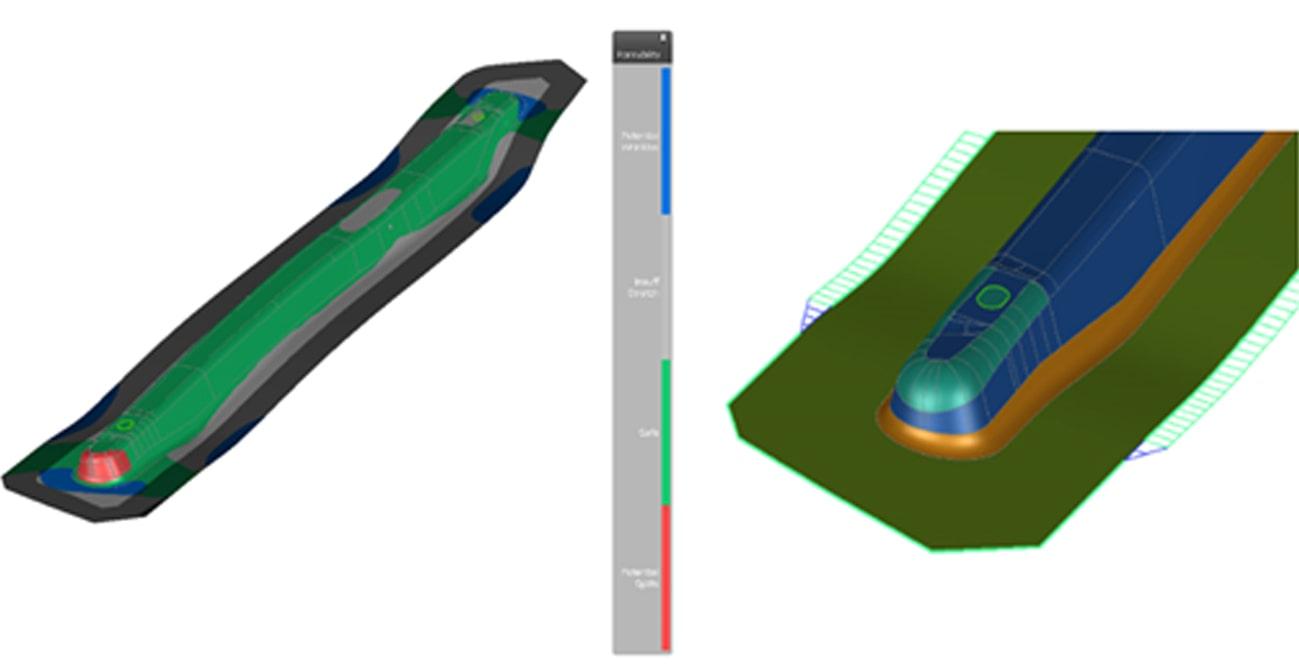
Fig. 2A: (Left) Fast Draw simulation result (Red areas – Potential splits)
Fig. 2B: (Right) Product modification and restriction adjustment
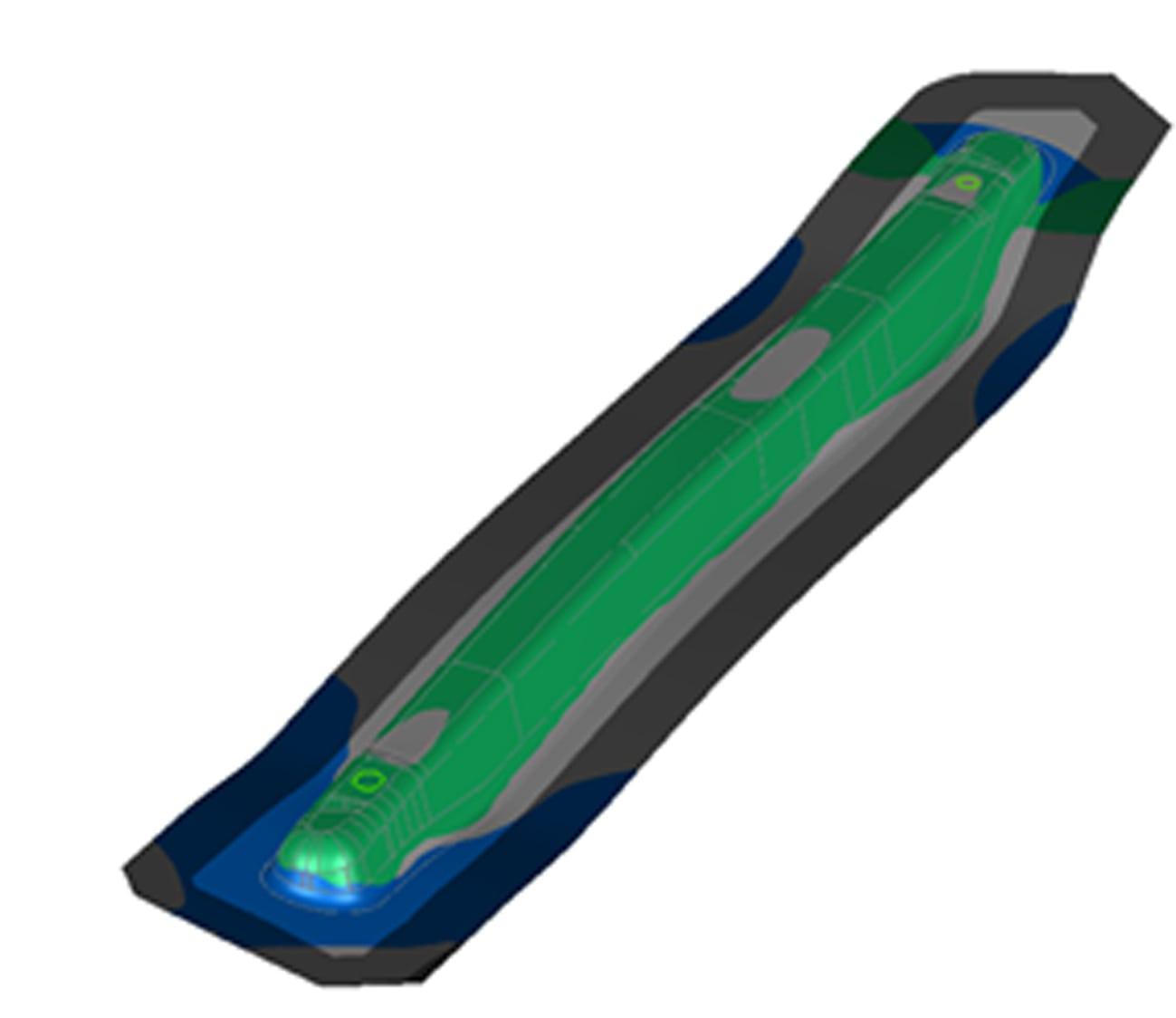
Fig. 2C: Result after modification
Another important point to mention about the feasibility analysis during the quoting process is that steelmakers have increased the average material strength over the years (up to AHSS and martensitic steels) to meet the demand for lighter vehicle production. Higher strength materials allow for reduction of thickness without reducing crash safety. On the other hand, stamping processes have become more complex, mainly concerning the predictability of defects and process definitions. In this case, the incremental simulations provided by CAE software such as AutoForm allow the specialist to analyze the stamping process in detail. In addition, it’s important to emphasize that even at the budgeting stage, formability analysis is crucial for preventing inconveniences during the try-out process, which incurs higher hourly expenses than the engineering phase. This approach also applies to the white goods market, since similar difficulties are faced for stainless steel alloys and, in some cases, the surface quality poses another aggravating factor.
Once the product is considered feasible for stamping and the specialist has defined the process, the resulting tool cost is automatically calculated based on the characteristics of the product’s 3D geometry. AutoForm’s 3D approach is advantageous over conventional (Excel-based) approaches and guarantees greater precision for the cost estimation.
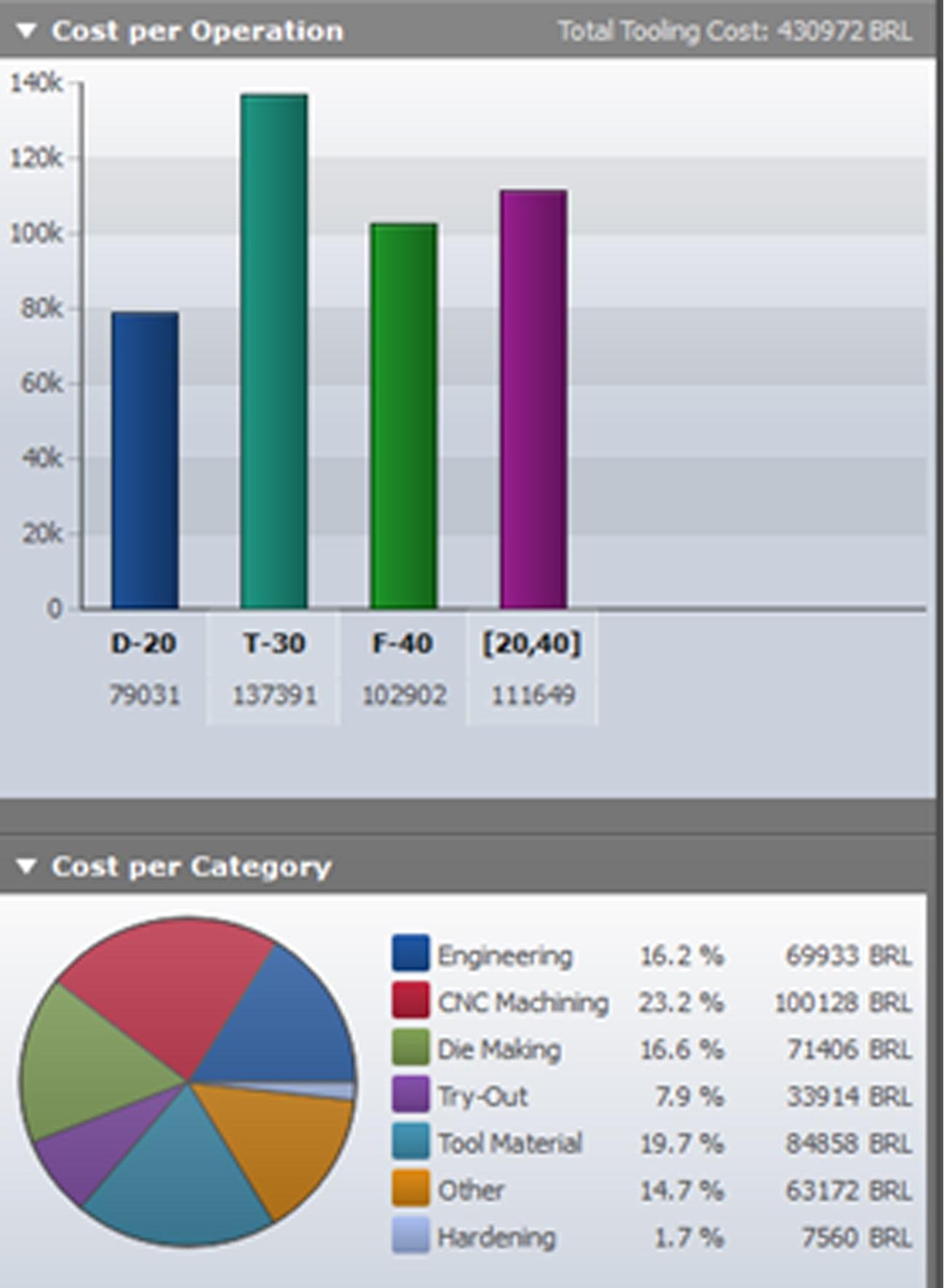
Fig. 3: Tooling cost
To give you an example: In a given product, there is an oblong hole, which will be pierced in a certain operation as defined by the specialist. The software will calculate the cost of the required components to make this cut based on the perimeter of the hole, and will subsequently calculate all of the manufacturing steps, such as the design time, 2D / 3D machining and adjustment, quantity of steel, etc. Thus, with the method plan defined according to all of the product’s features, the specialist will soon arrive at the cost of the set of tools, as well as a detailed list with all costs per operation and data about the resources and equipment to be used. All these data will assist during planning and production control of tooling and machining, enabling prediction of each department’s availability.
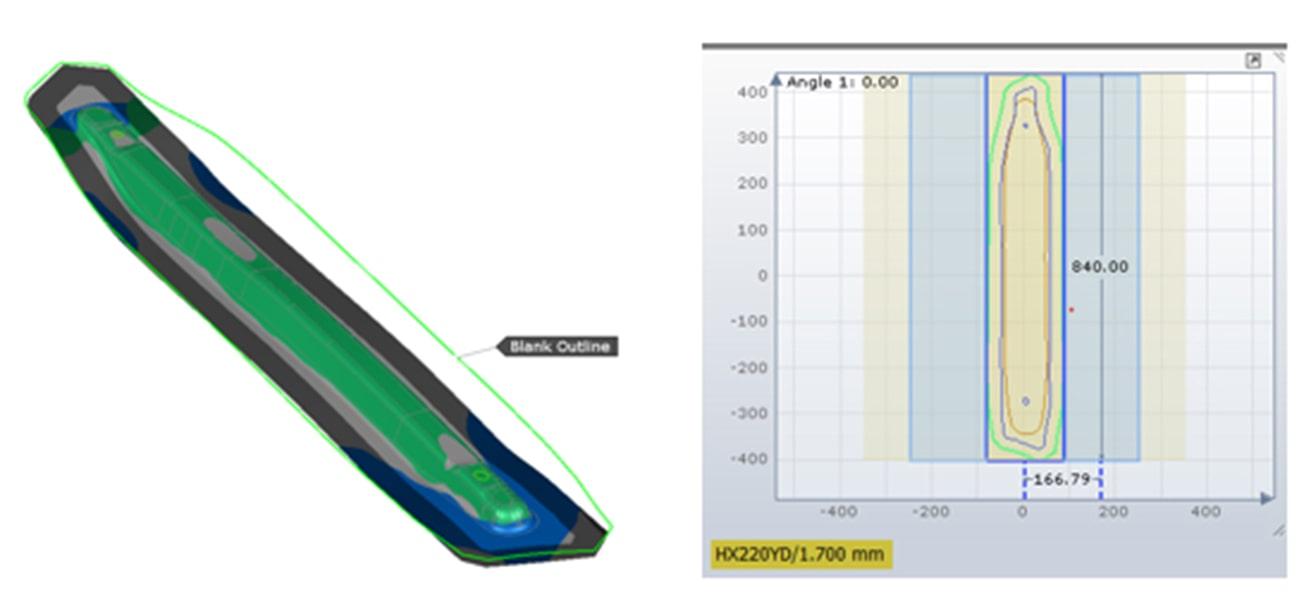
Fig. 4: Blank estimation and material utilization and blank simplification
Another responsibility of the quoting engineer is evaluating the part cost. Just like the tool cost, the results must be quickly and accurately obtained because at this step, any cost fluctuation will have great influence on the quoting process — and an inaccurate estimate can spell huge losses for the press shop. Therefore, estimating the minimum required blank is a crucial way to optimize the part cost. Again, the CAE software is a critical tool, simulating the stretching state of the drawing or bending based on the 3D geometry raw material data and the drawing geometry, and thus estimating the correct blank shape. In addition, it’s also possible to evaluate the material utilization and the possibility of generating a sheared blank, thus avoiding a blanking operation for a shaped blank.
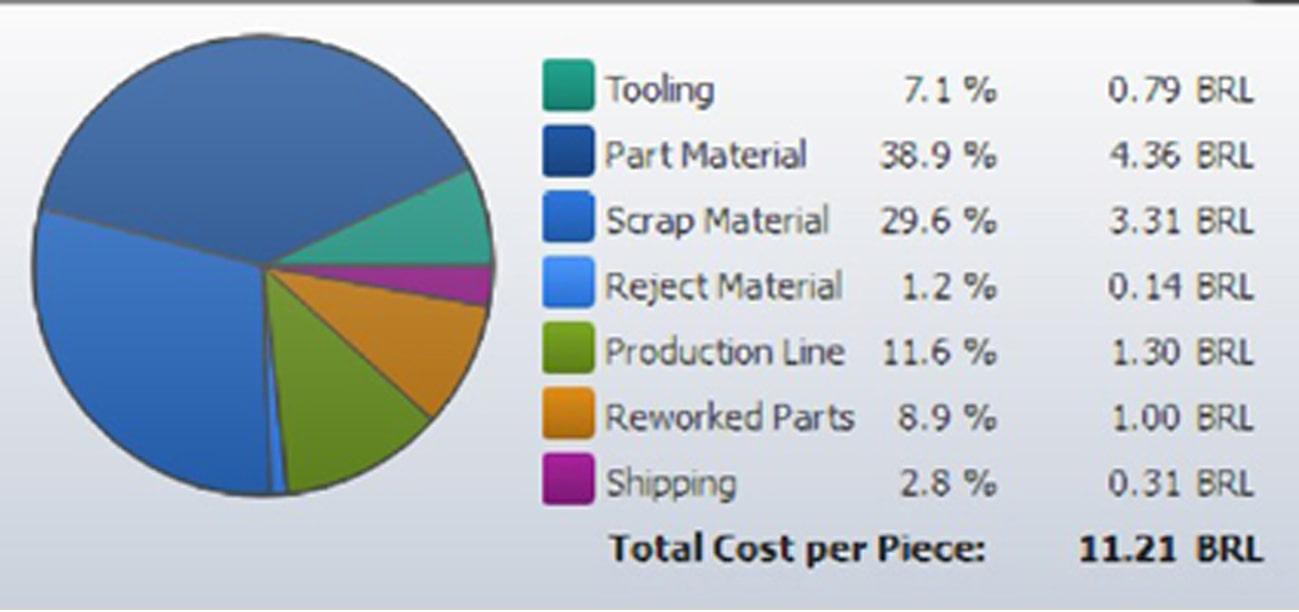
Fig. 5: Part cost considering the amortization of the set of tools
In general, companies in all sectors have faced numerous setbacks thanks to increasing competition. To remain competitive, they need to leverage the available software tools to optimize and expand the efficiency of their departments. The application of CAE software such as AutoForm guarantees standardization, agility and assertiveness in the quoting of parts and tools, which is the first fundamental step that determines company profitability. Excel-based calculations are no longer a state-of-the-art solution. There is more to a quote than merely the final cost value.
Below you will find some practical reports of this application by Rogério Moura Machado, Tooling Analyst at Bruning, and Bruno Ornelas, Engineering Manager at Voa Indústria.
Rogério Moura Machado stated:
“The time allotted for the feasibility analysis of a stamped item, definition of the stamping process and tooling budgeting has steadily decreased. However, the demand for proof of suitability and standardization of budgeting information has increased.
Faced with these pressures, AutoForm has helped us to define the PLM and necessary investments in stamping tools. Using the software, we can now carry out a quick analysis of formability, allowing us to identify critical points and estimate the required blank for the process sequence. The process details are easier to organize, enabling us to generate accurate reports that can be shared with our customers and/or used to kick off the project, feeding the areas that will validate this tooling.
To estimate costs, we set up our press lines, estimate the size of the tools, and create our own cost standards based on the company’s cost centers. Thus, we evaluate the budgeted costs at each tooling stage: engineering, raw material, machining, assembly, tryout, etc. Then we continue calibrating these costs using an analysis of the budgeted costs of the developed tools.”
Bruno Ornelas stated:
“AutoForm’s software solution, which we apply to our budget and planning department, is a fundamental tool for project control in terms of cost and manufacturing time — which in short are the two differentials necessary to remain competitive in this segment. The technology assures assertiveness and agility in response time, thus guaranteeing favorable conditions that are in tune with the market and allowing us to overcome the growing competition.”
Wesley Aparecido da Silva – Application Engineer at AutoForm in customer support; over 11 years of experience in stamping, developing functions in production, quality, process engineering and tool making. +55 11 4121 1644 / wesley.aparecido@autoform.com.br
In Collaboration:
Rogério Moura Machado – Tooling Analyst at Bruning Tecnometal in the Stamping Engineering Department, working on tooling budgets; over 20 years of experience in the areas of tooling, stamping and forming processes. +55 55 991623884 / rogerio.machado@bruning.com.br
Bruno Ornellas – Engineering Manager at VOA Industria; Engineer responsible for bidding, processes, projects, and CAM, with more than 15 years in sheet metal forming. +55 31 993087229 / bruno@voaindustria.com.br





